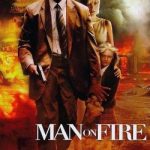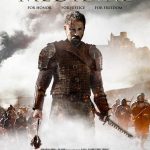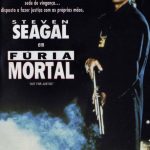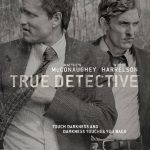The Pacific (2010)
- fanmovies
- October 5, 2024
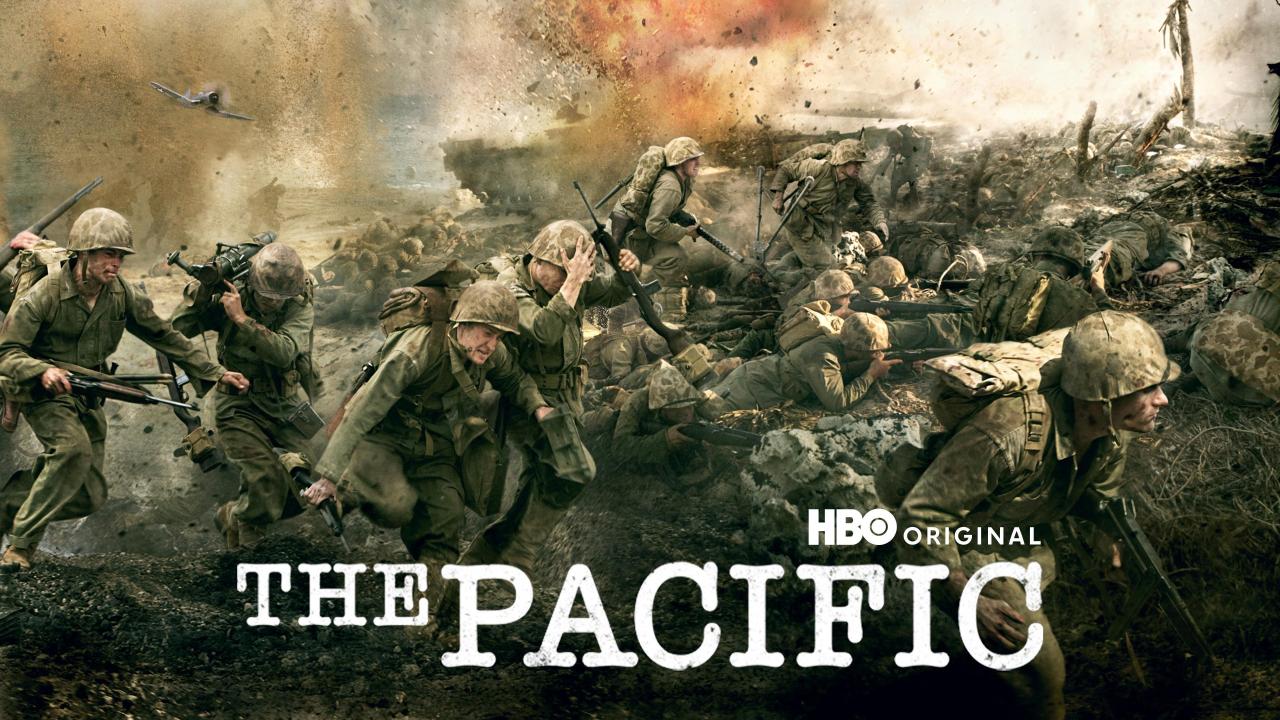
Suggested videos for you:
Suggested videos for you:
“The Pacific” (2010) is a critically acclaimed World War II miniseries produced by Steven Spielberg, Tom Hanks, and Gary Goetzman. It serves as a spiritual successor to their earlier miniseries, Band of Brothers (2001), though it focuses on the Pacific Theater of the war rather than the European conflict. The series, spanning 10 episodes, follows the experiences of three U.S. Marines during the brutal Pacific Campaign, based on the memoirs of real-life veterans.
Plot Overview:
The series is based on the intertwined stories of three Marines:
- Robert Leckie (James Badge Dale), a writer turned soldier who becomes increasingly disillusioned with the horrors of war.
- Eugene Sledge (Joseph Mazzello), a young recruit whose journey from innocence to battle-hardened soldier is central to the series.
- John Basilone (Jon Seda), a Medal of Honor recipient who becomes a national hero after his valor in combat but struggles with the fame that follows.
The Pacific Campaign was a grueling, bloody conflict against the Japanese Empire, and The Pacific captures the brutality of battles like Guadalcanal, Peleliu, Iwo Jima, and Okinawa, while also portraying the psychological toll on the soldiers who fought there.
What Works:
- Realism and Brutality: Like Band of Brothers, The Pacific doesn’t shy away from the brutal realities of war. It portrays the physical and emotional toll of combat, the harsh conditions of the Pacific jungles, and the ferocity of the fighting. The series does an excellent job of capturing the chaos, fear, and exhaustion that defined the soldiers’ experiences.
- Character-Driven Storytelling: The show balances the large-scale events of the war with personal, intimate stories. Each of the three main characters is distinct, with their own personal struggles and arcs. Eugene Sledge’s transformation from a naïve young man into a hardened veteran is one of the emotional cores of the series. Leckie’s disillusionment with the war and Basilone’s internal conflict over his hero status also add rich depth to the narrative.
- Cinematography and Production Values: The series excels in its technical execution. The battle scenes are epic in scale, with stunning visuals that put the viewer in the midst of the action. The Pacific jungles and islands are recreated with incredible detail, from the treacherous beaches of Iwo Jima to the suffocating heat of Peleliu. The use of practical effects, paired with high-quality CGI, immerses viewers in the environments and the intensity of the battles.
- Historical Accuracy: The Pacific is based on true stories, particularly from memoirs like Robert Leckie’s Helmet for My Pillow and Eugene Sledge’s With the Old Breed. It presents the Pacific Theater in a raw, unflinching way, showing the distinct challenges faced by Marines in this part of the war. The series highlights lesser-known but pivotal battles, offering an in-depth look at the harsh conditions and unique psychological trauma of the Pacific War.
- Psychological Impact of War: The Pacific War was uniquely brutal, not only due to the environmental challenges but also the nature of combat against the Japanese. The series delves deeply into the psychological toll this took on the soldiers, from Sledge’s deteriorating mental state to the sense of futility Leckie feels. This exploration of post-traumatic stress and the haunting effects of war is one of the series’ strongest thematic elements.

What Doesn’t Work:
- Character Focus Shifts: Unlike Band of Brothers, which focused on one unit (Easy Company), The Pacific follows three separate protagonists whose paths rarely intersect. This approach makes the narrative feel somewhat disjointed at times. The series jumps between their stories, which can be jarring, and some viewers may find it harder to emotionally connect with the characters because of this.
- Pacing Issues: While the battle scenes are intense and gripping, the series occasionally slows down during the character-driven moments. These quieter episodes are important for character development, but some viewers may feel the pacing drags, particularly in the middle episodes when the focus shifts away from combat.
- Comparison to Band of Brothers: The Pacific was often compared to Band of Brothers, and while both are excellent, they are very different in tone and focus. Band of Brothers had a more cohesive narrative, as it followed a single unit from D-Day to the end of the war, whereas The Pacific is more fragmented. Some viewers found The Pacific less emotionally resonant because of this, despite its grander scale.
Themes:
- The Horrors of War: The Pacific doesn’t romanticize combat; it presents war as dirty, terrifying, and devastating. It explores the psychological toll on soldiers, the moral ambiguity of war, and the loss of innocence.
- Brotherhood and Camaraderie: Despite its fragmented narrative, the series still highlights the strong bonds formed between soldiers who endure the same trials and tribulations.
- Heroism and Sacrifice: Through John Basilone’s arc, the series touches on the complexities of heroism—what it means to be a hero in war, and how that title can come with heavy burdens.
Final Thoughts:
The Pacific is a powerful, emotionally charged portrayal of the Pacific Theater in World War II. It offers an uncompromising look at the brutal reality of war, driven by strong performances, stellar production values, and a commitment to historical accuracy. While its fragmented narrative may not appeal to everyone, it is an important and harrowing tribute to the Marines who fought in one of the most difficult and bloody campaigns in history.
Rating: 9/10 – A gritty, immersive war epic that leaves a lasting impact.
